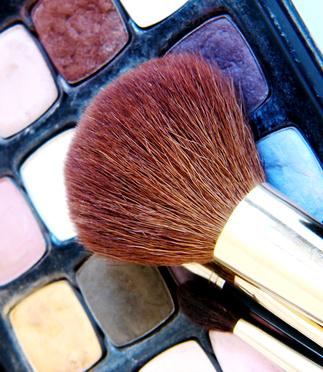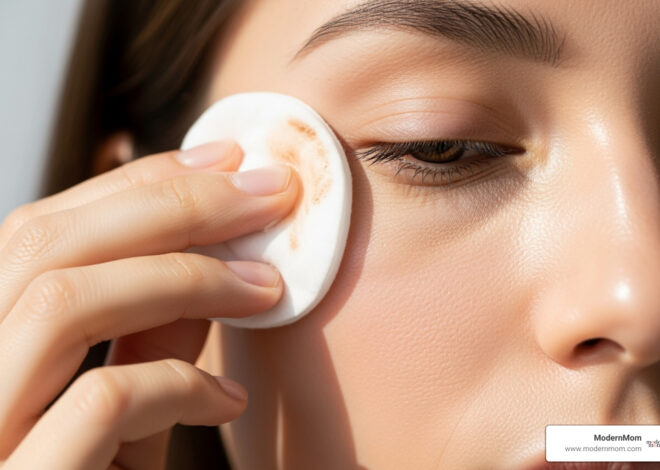Makeup can be an effective tool to help you look your best if you know how to choose and apply it properly. Dark skin tones can create a makeup challenge if you don’t know what shades and colors will work best for you. Understanding some of the secrets to choosing and applying make-up for dark skin can help give you confidence in getting ready for any occasion.
Skin Coverage
Most women with dark skin have gold or yellow undertones, according to the Ladies’ Home Journal website. Because of this, you need to choose a foundation that has similar tones so that it will go with your skin. When it comes to choosing a blush, stay away from the bright reds and fuchsias. Instead, choose neutral-toned colors to apply. Using a bronzer all over will help tone down any sharp contrast that your blush may present.
Eye Treatment
Using color around your eyes will accentuate their beauty as long as you choose colors that work well with dark skin.Your liner does not have to be black or brown. Other shades, such as deep navy blue, forest green and other rich colors, provide the perfect framing device for your eyes. Stick with neutral shades for eye shadow as it will compliment the liner. Gold, dark gray, mauve and various shades of brown all work well with dark skin tones.
Lipsticks
Lipstick should be chosen from the warm tone pallet according to Shahnaz Husain, a makeup artist. Coppers, wines, deep reds and corals are all valid choices when it comes to matching dark skin tones with lip colors. If you find that the color is too bright once applied, use a brown-toned lipstick under it before putting it on, and it will tone it down to the proper shade.
Photo Credit
- makeup display and brush after makeup was done image by Nellie Vin from Fotolia.com





